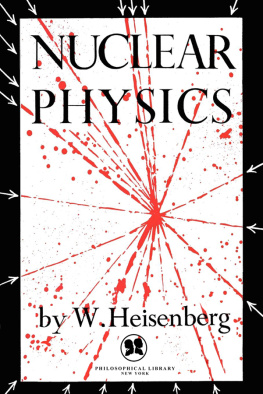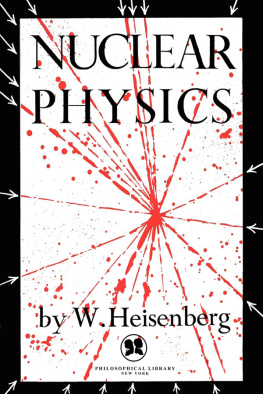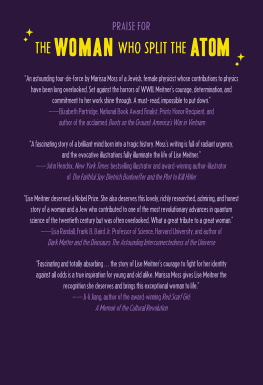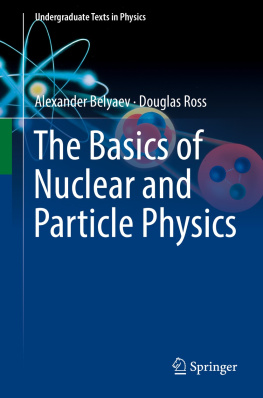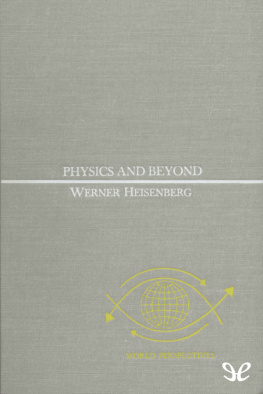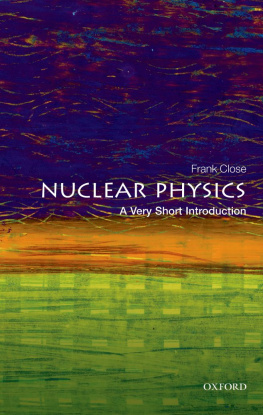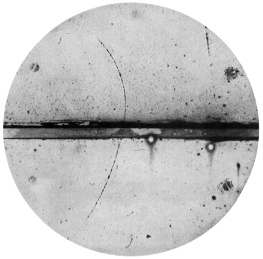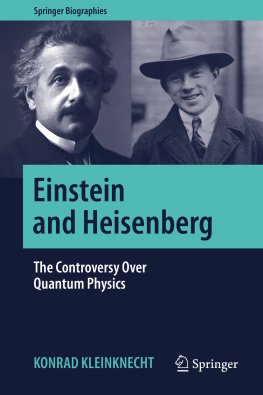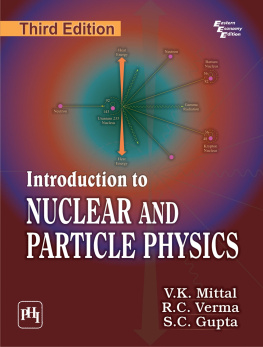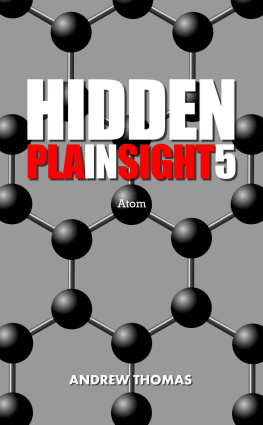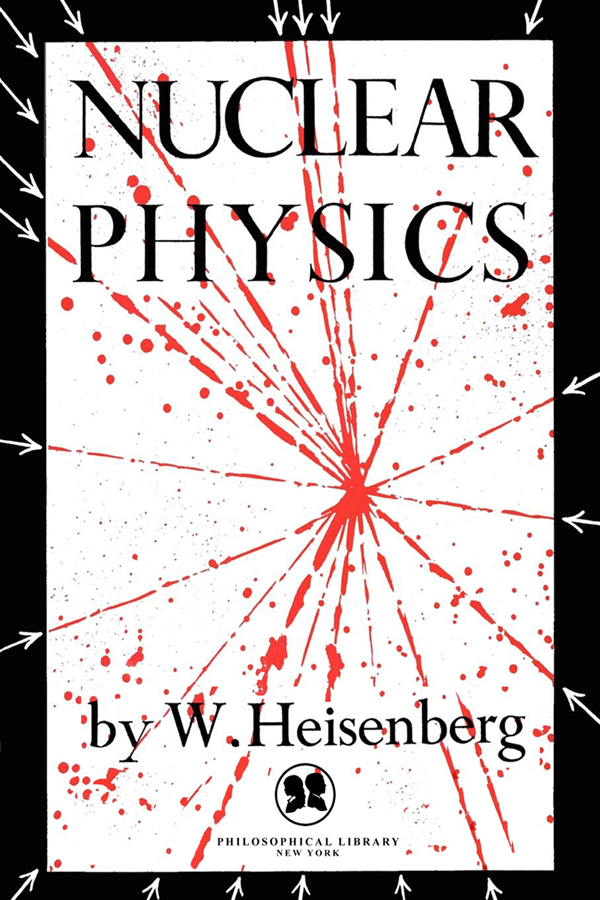Heisenberg - Nuclear Physics
Here you can read online Heisenberg - Nuclear Physics full text of the book (entire story) in english for free. Download pdf and epub, get meaning, cover and reviews about this ebook. year: 2012;2015, publisher: Philosophical Library, genre: Religion. Description of the work, (preface) as well as reviews are available. Best literature library LitArk.com created for fans of good reading and offers a wide selection of genres:
Romance novel
Science fiction
Adventure
Detective
Science
History
Home and family
Prose
Art
Politics
Computer
Non-fiction
Religion
Business
Children
Humor
Choose a favorite category and find really read worthwhile books. Enjoy immersion in the world of imagination, feel the emotions of the characters or learn something new for yourself, make an fascinating discovery.
- Book:Nuclear Physics
- Author:Heisenberg / W
- Publisher:Philosophical Library
- Genre:
- Year:2012;2015
- Rating:4 / 5
- Favourites:Add to favourites
- Your mark:
Nuclear Physics: summary, description and annotation
We offer to read an annotation, description, summary or preface (depends on what the author of the book "Nuclear Physics" wrote himself). If you haven't found the necessary information about the book — write in the comments, we will try to find it.
From the Nobel Prizewinning physicist who developed the famous uncertainty principle, Nuclear Physics provides an in-depth look at the study of the atom. The book was compiled from a series of Heisenbergs lectures on the subject, and is detailed and accessible enough for anyone interested in the subject. Heisenberg begins with a short history of atomic physics before delving into the theory of the processes and reactions within the atom. Nuclear Physics is an essential book to understanding the atom, giving readers an unparalleled look at nuclear physics from one of the greatest scientific minds of the twentieth century.
Heisenberg: author's other books
Who wrote Nuclear Physics? Find out the surname, the name of the author of the book and a list of all author's works by series.

